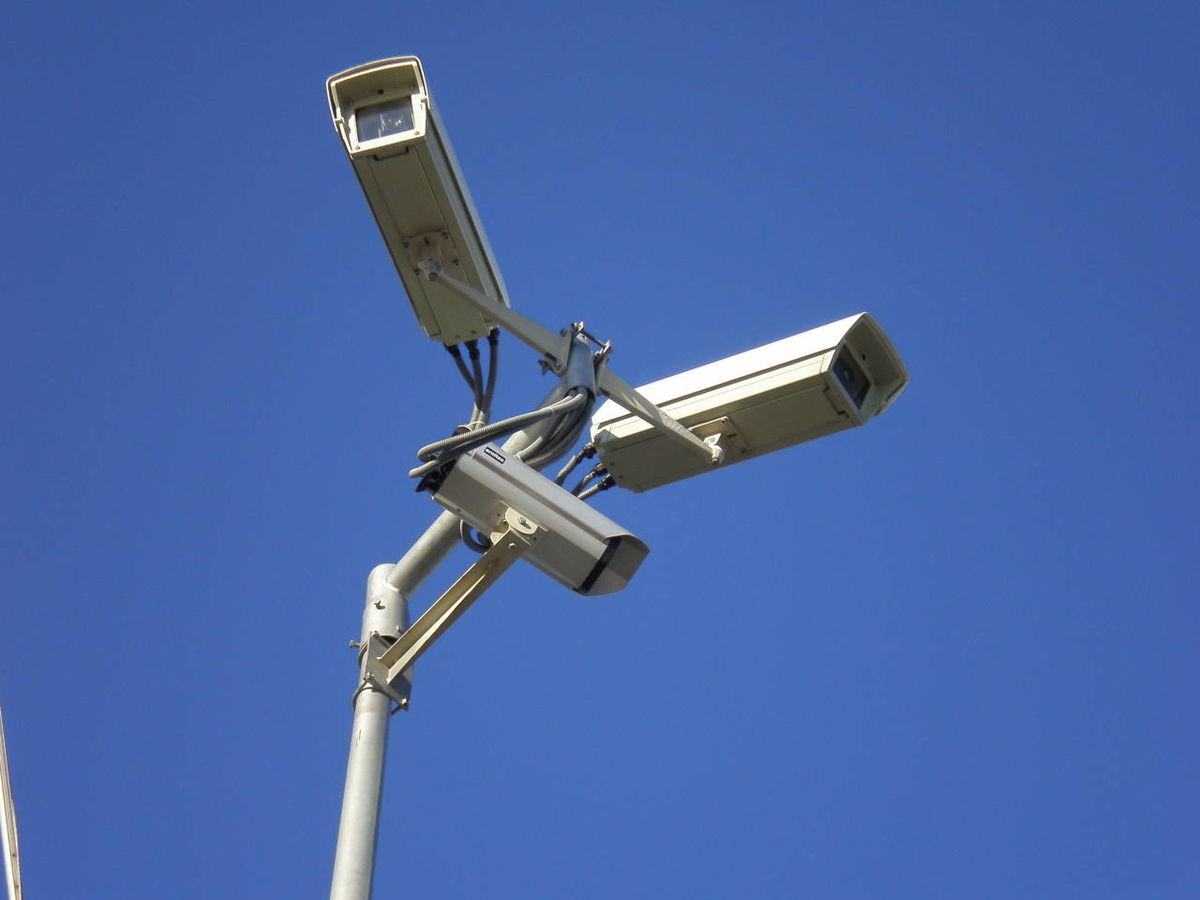Closed-Circuit Television (CCTV) has become an essential part of modern security systems, found everywhere from homes and businesses to public spaces. Designed to monitor and record activity for safety and crime prevention, CCTV systems can offer peace of mind—but many people wonder: is CCTV always watched?
The short answer is not always. While some systems are actively monitored, many are not. In this article, we’ll explore when, why, and how CCTV footage is monitored and the reality behind constant surveillance.
The Misconception of Constant Monitoring
It’s a common belief that CCTV footage is under real-time observation 24/7. This idea comes from crime shows and high-security environments. However, the majority of CCTV systems, especially those in residential and small business settings, operate as passive recorders. They store footage that is only reviewed when necessary, such as during an incident or investigation.
Types of CCTV Monitoring Systems
Understanding the different types of CCTV systems helps clarify why they’re not always watched in real-time.
Manual Monitoring
This involves security personnel continuously watching video feeds on monitors. Common in casinos, malls, and some corporate offices, it provides real-time reaction but is costly and labor-intensive.
Remote Monitoring
Modern systems allow users or security companies to access live feeds via mobile apps or cloud services. This offers flexibility but still doesn’t guarantee round-the-clock viewing.
AI and Motion-Triggered Monitoring
Today’s smart CCTV systems can detect motion, faces, or specific actions. They only alert users when something unusual occurs. These are becoming more common in both homes and businesses.
Who Watches CCTV Footage?
In Businesses and Retail Stores
Retailers often have security teams who actively monitor high-risk areas like cash registers or entrances. Yet, most cameras operate unattended, only checked during suspected theft or suspicious activity.
In Residential Setups
Homeowners usually receive alerts through apps when motion is detected. They rarely watch the footage live unless something is amiss.
In Public and Government Spaces
City-wide CCTV networks, such as those for traffic monitoring or public safety, are monitored in control rooms, especially during large events or emergencies.
When is CCTV Footage Actually Watched?
Footage is generally reviewed when:
- A crime has occurred or is suspected
- An alarm or sensor is triggered
- There’s an ongoing investigation
- Law enforcement requests footage
- An employee or guest reports suspicious behavior
Advantages of Continuous Surveillance
- Crime deterrence: The presence of visible, monitored cameras can prevent illegal activities.
- Immediate response: Real-time observation allows quick reaction to incidents.
- Evidence collection: Provides credible proof in legal or insurance matters.
Limitations of Watching CCTV 24/7
- High costs: Paying staff to monitor continuously can be expensive.
- Human fatigue: Attention spans wane, leading to missed incidents.
- Data overload: Constant monitoring of multiple feeds is not practical without AI support.
Modern Trends in CCTV Monitoring
CCTV systems are evolving fast. Now we see:
- AI surveillance: Intelligent algorithms identify threats without human input.
- Facial recognition: Identifies known threats or missing persons.
- Smart integrations: Linked with alarms, access control, and lighting.
These improvements reduce the need for human oversight while improving security.
Privacy Concerns and Legal Boundaries
With growing use comes growing concern. Privacy regulations require:
- Clear signage in monitored areas
- Consent for indoor surveillance (especially in workplaces)
- Data protection measures for stored footage
How Long is CCTV Footage Stored?
Storage times vary depending on the system and legal requirements:
| Environment | Typical Retention Period |
| Homes | 7 to 30 days |
| Retail & Offices | 30 to 90 days |
| Public Surveillance | Up to 180 days |
| High-Security Facilities | Up to 1 year or more |
Benefits of Professional CCTV Services
Hiring experts ensures:
- Proper installation and positioning
- Reliable system performance
- Regular maintenance
- Access to advanced monitoring features
Professionally installed systems offer peace of mind and superior protection.
Choosing the Right CCTV Service Provider
When selecting a CCTV service, look for:
- Proven track record
- Cutting-edge technology
- Responsive customer support
- Affordable plans
CCTV Services in Adelaide
If you’re in Adelaide and looking for trustworthy, high-quality CCTV services, check out Aussie Tech Solutions. They offer comprehensive solutions tailored to both homes and businesses, with modern monitoring capabilities.
FAQs About CCTV Monitoring
1. Is someone always watching my CCTV footage?
No. Most systems are set to record, not monitor live feeds unless manually or remotely observed.
2. Can I watch my home CCTV remotely?
Yes. Many systems come with mobile apps for real-time access.
3. Who can view my CCTV footage?
Only authorized users, such as property owners, security staff, or police with a warrant.
4. How long is footage saved?
Anywhere from 7 days to a year, depending on system settings and regulations.
5. Can CCTV record without being monitored?
Yes. Most systems operate independently and record continuously or on motion detection.
6. Do smart cameras watch footage in real-time?
Smart cameras analyze footage using AI and notify users of suspicious activity, but do not require constant live viewing.
